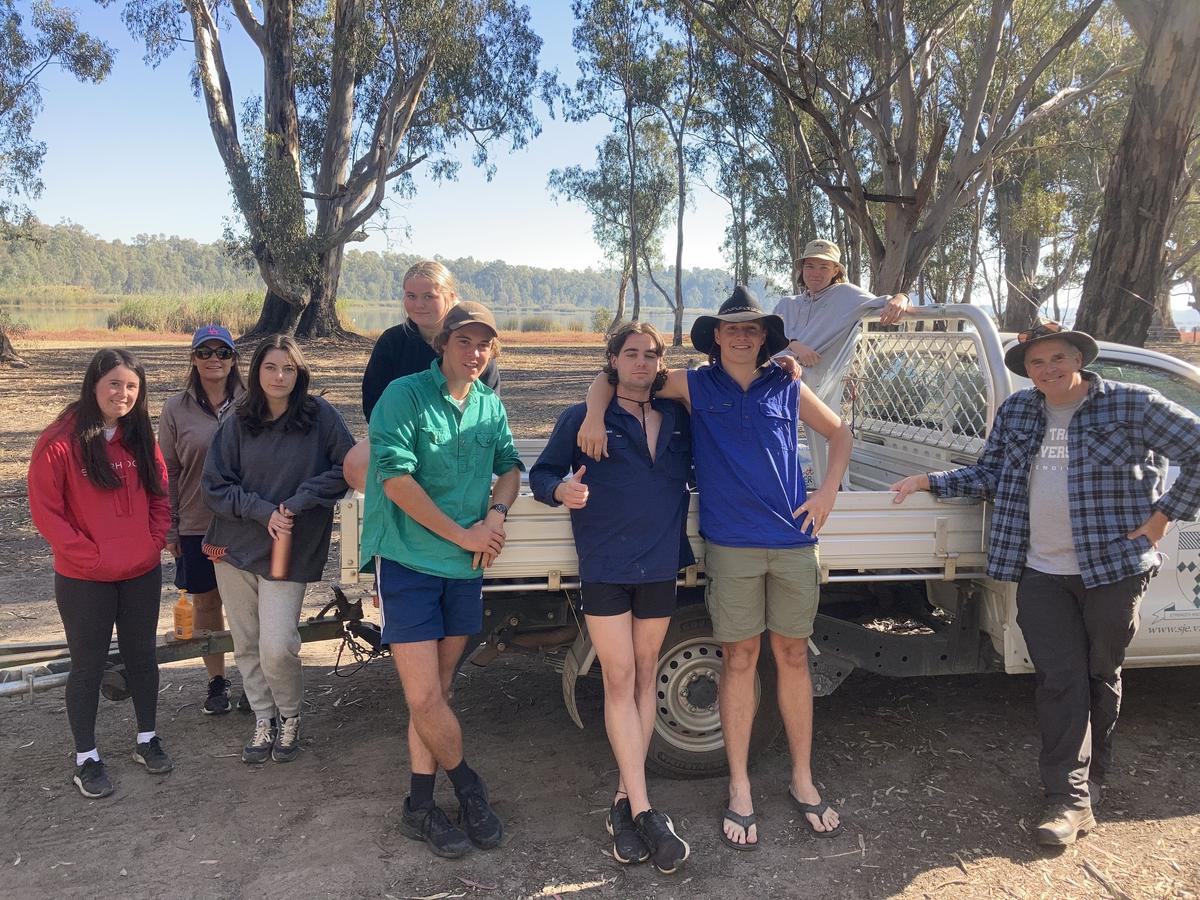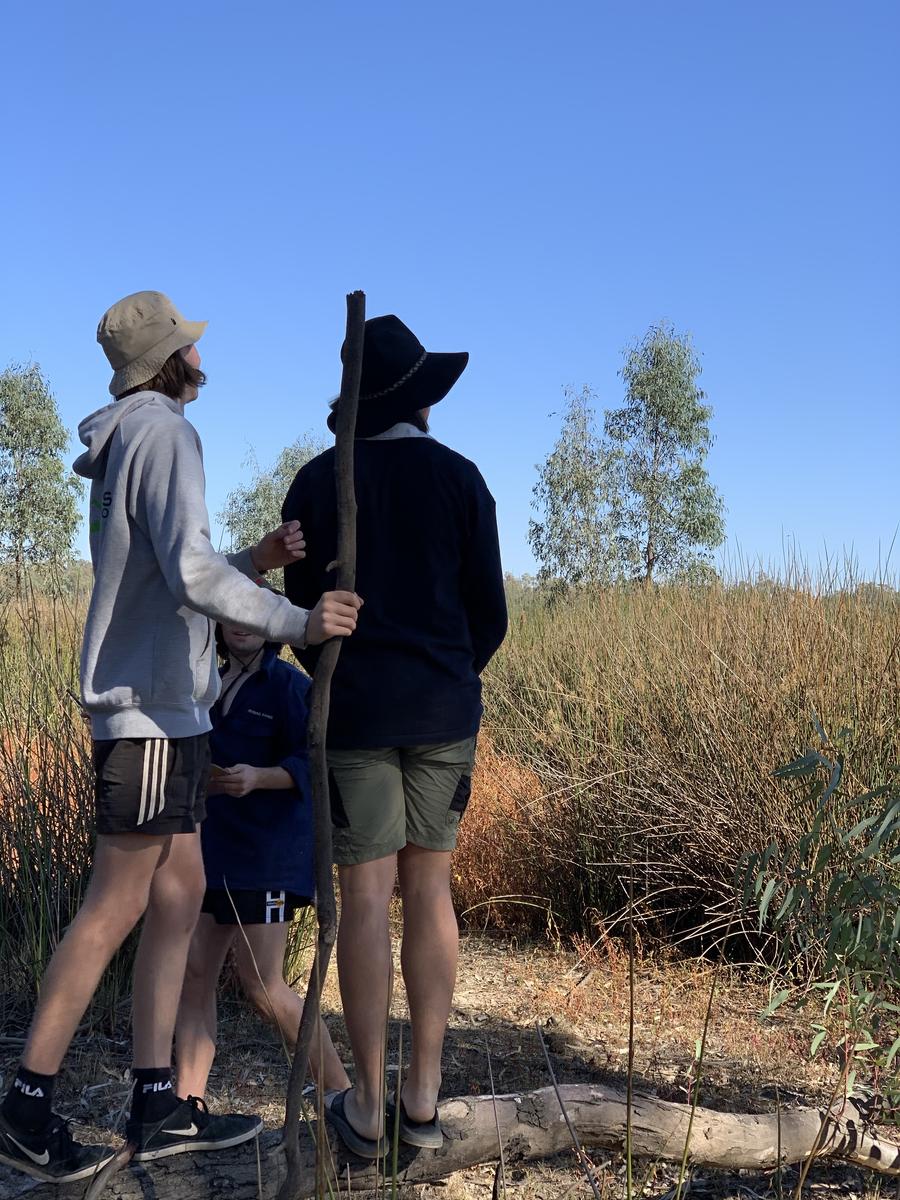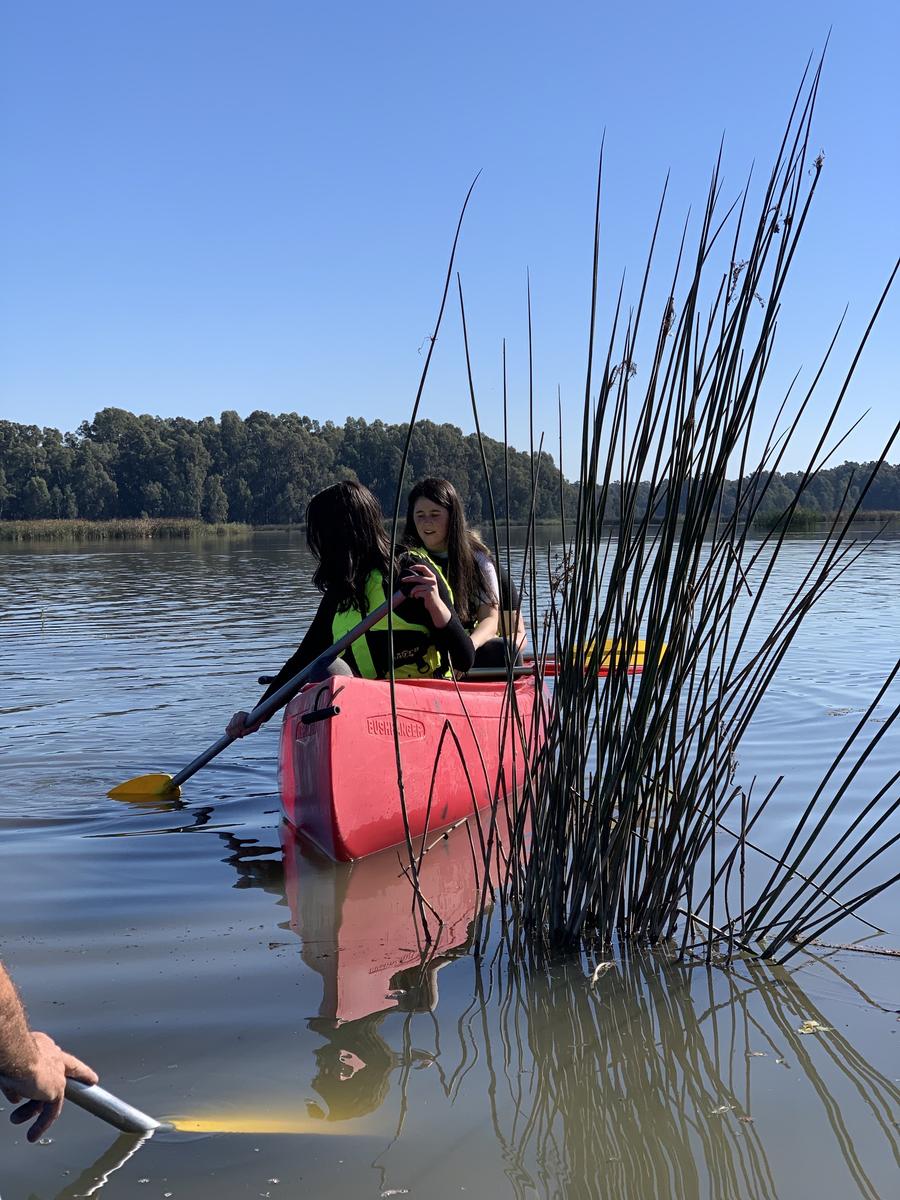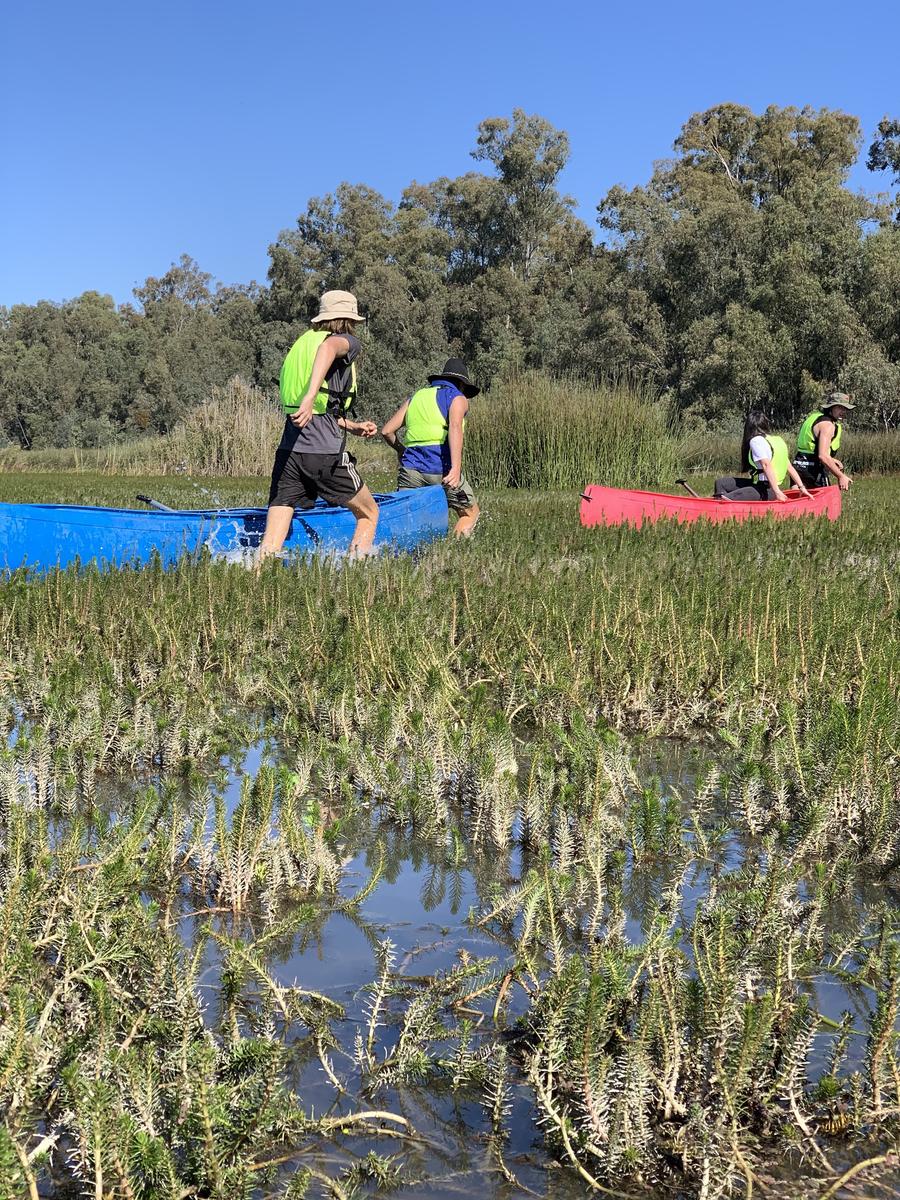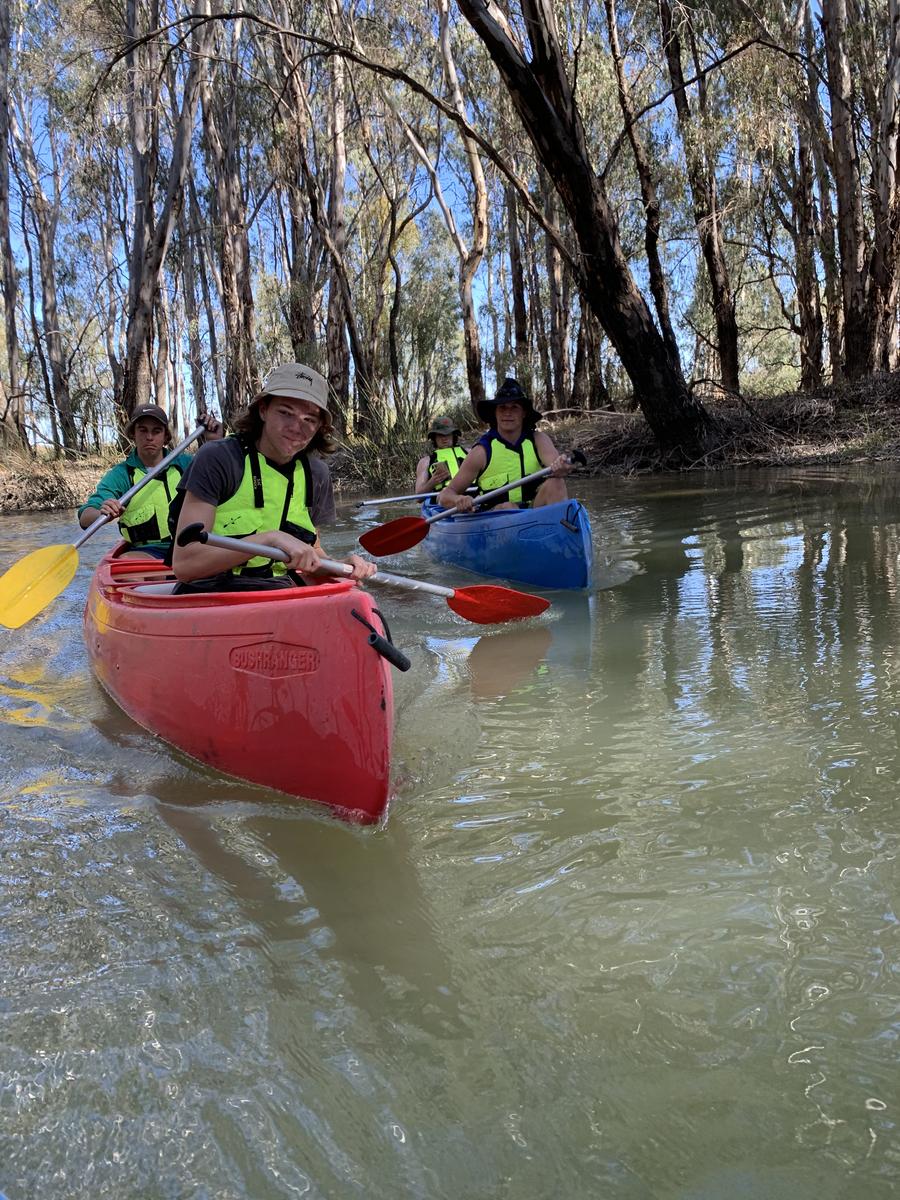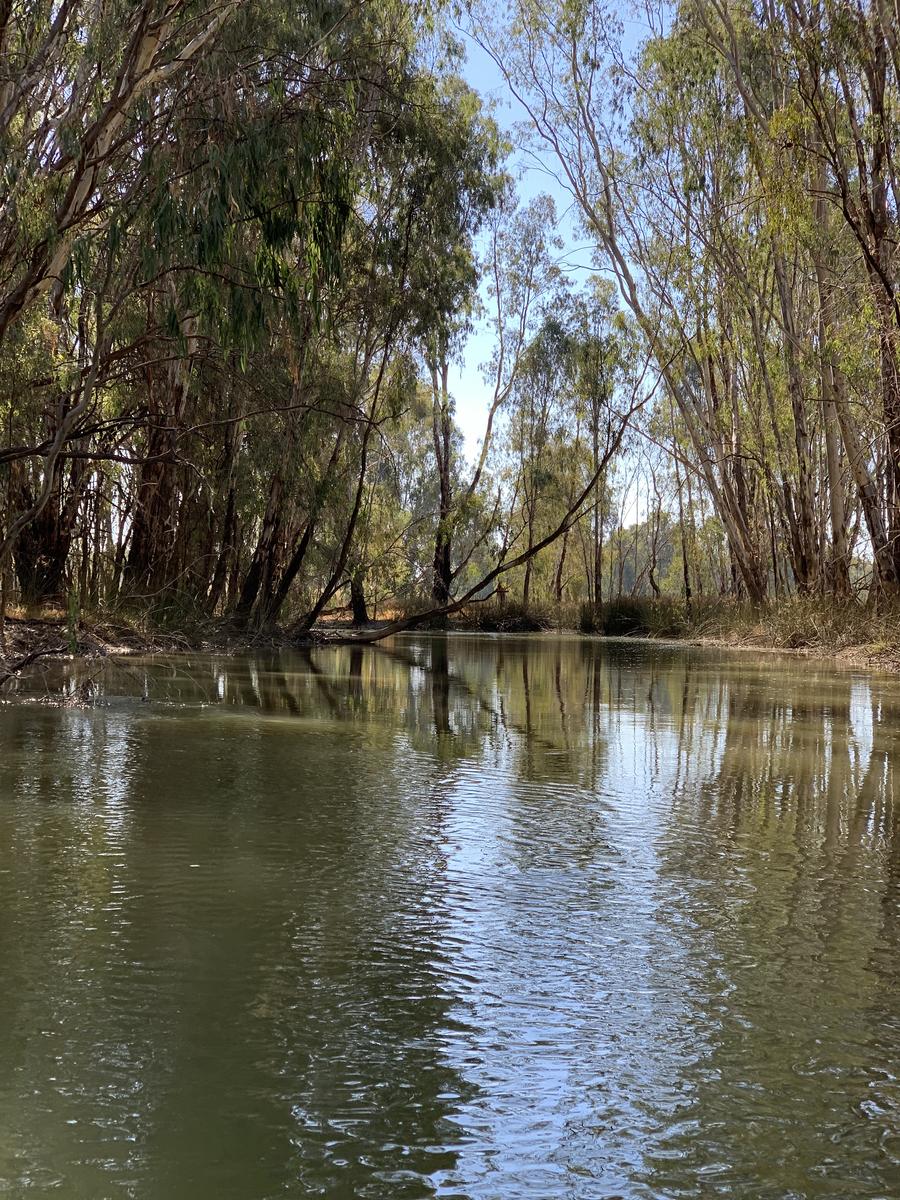Environmental Science Field Trip - Barmah Lakes
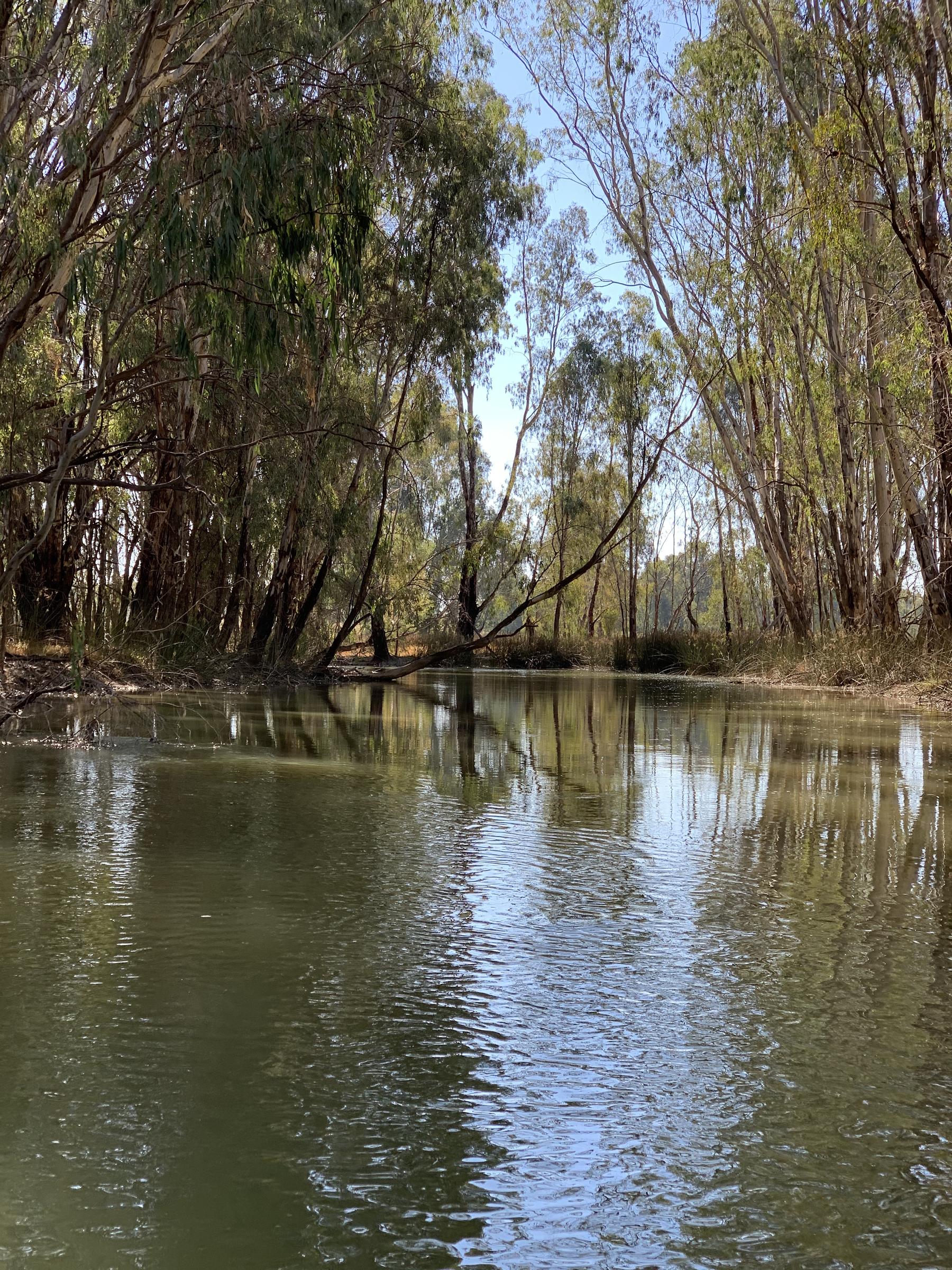
Environmental Science students took part in a field trip to the Barmah Lakes. The aim of the field trip was to give students the opportunity to collect practical data on real world issues. The issues in this case is biodiversity and the management of water in the Murray River.
For decades the amount of moira grass surrounding the lakes has been in decline. The main reason for this decline has been a decrease in frequency of floods along the Murray River. This trend has been examined and reported in a number of scientific journals. Over the past 10 years the area has had two significant floods as a result of La Nina and Indian Ocean Dipole events (with the first bringing rain into the Murray Darling Basin from the East Coast and the second bringing rain across Australia from the Indian Ocean). In addition to this water has been transferred through the forest over the summer in an attempt to satisfy the needs of downstream irrigators and communities.
Our students are investigating whether the recent increase in flooding has led to an increase in the Moira grass communities, or whether that reported trend in their decline is continuing.
To do this they completed a vegetation transact, beginning in the pure river redgum stands 200m from the lake until they reached the lake edge. From here they transferred to canoes, recording each change in vegetation community, as well as water depth and flow every 10m. Once they reached the other side they climbed out of their canoes and continued to transit through the forest until they reach the river channel (known as the Narrows).
Back in class, students will use this data to create a vegetation map of the lake.
Once the transect was complete, students paddled about 2.5 km in the lake to find Budgie Creek. It was pretty shallow going, requiring a bit of leg work. Budgie Creek is a true forest stream which has its origins near Tocumwal about 100 km to the east. In the stream the current picked up, and we were able to observe the transition from Lake to forest from the comfort of our canoes.
During the day we saw evidence of pigs, kangaroos, emus and brumbies. Students were able to apply what they knew, what they have learned and discover a new and beautiful part of their own backyard. I look forward two seeing their finished reports.
Mr Peter Phillips
Environmental Science Teacher

